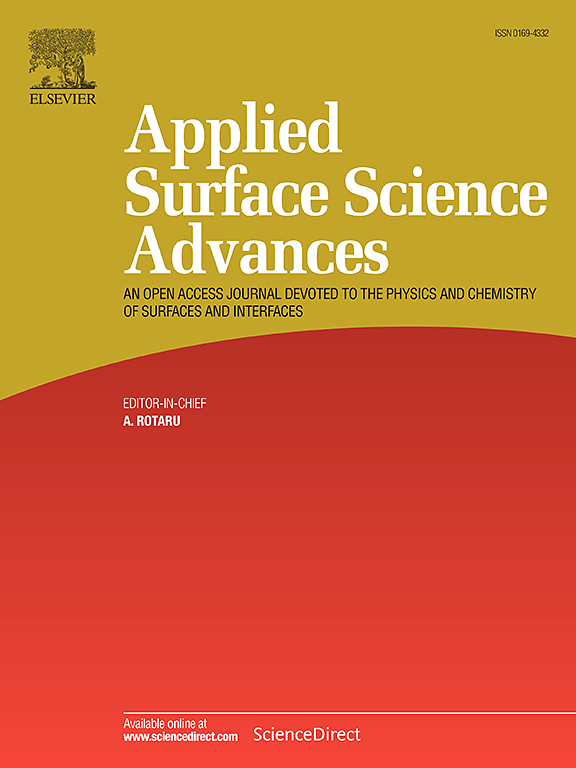Generation of Schottky heterojunction (SnO2-Au NPs) transparent thin film for ciprofloxacin photodegradation
IF 8.7
Q1 CHEMISTRY, PHYSICAL
引用次数: 0
Abstract
In this study, transparent Schottky heterojunction thin films composed of SnO₂ and Au nanoparticles (Au NPs) were developed and applied for the photocatalytic degradation of ciprofloxacin (CIP) under UV light. The SnO₂-Au NPs films achieved a 75 % degradation of CIP and 70 % total organic carbon (TOC) mineralization within 180 min using only 0.02 g/L of catalyst, highlighting their exceptional efficiency compared to conventional powder-based systems. The incorporation of Au NPs significantly enhanced charge separation and reduced electron-hole recombination, as confirmed by structural and optical analyses. Optimal photocatalytic activity was observed at pH 7, following pseudo-first-order kinetics. Scavenger tests and fluorescence probing confirmed that hydroxyl radicals (•OH) and superoxide radicals (O₂•−) were the primary active species. QTOF-MS identified five degradation intermediates, suggesting mechanisms involving defluorination, hydroxylation, and ring cleavage. In silico toxicity assessments showed reduced toxicity for most transformation products. The catalyst exhibited high stability and reusability over four cycles without detectable leaching, indicating strong potential for sustainable water treatment applications.
用于环丙沙星光降解的肖特基异质结(SnO2-Au NPs)透明薄膜的制备
本研究制备了由SnO₂和Au纳米粒子(Au NPs)组成的透明肖特基异质结薄膜,并将其应用于紫外光下环丙沙星(CIP)的光催化降解。仅使用0.02 g/L的催化剂,sno2 -Au NPs膜在180分钟内实现了75%的CIP降解和70%的总有机碳(TOC)矿化,与传统的粉末基系统相比,突出了其卓越的效率。结构和光学分析证实,Au NPs的加入显著增强了电荷分离和减少了电子-空穴复合。在pH为7时观察到最佳的光催化活性,符合准一级动力学。清道夫试验和荧光探测证实,羟基自由基(•OH)和超氧自由基(O₂•−)是主要的活性物质。QTOF-MS鉴定出5种降解中间体,提示其机制涉及去氟化、羟基化和环裂解。在硅毒性评估显示毒性降低了大多数转化产品。该催化剂在四个循环中表现出高稳定性和可重复使用性,没有检测到浸出,表明可持续水处理应用的强大潜力。
本文章由计算机程序翻译,如有差异,请以英文原文为准。
求助全文
约1分钟内获得全文
求助全文

 求助内容:
求助内容: 应助结果提醒方式:
应助结果提醒方式:


